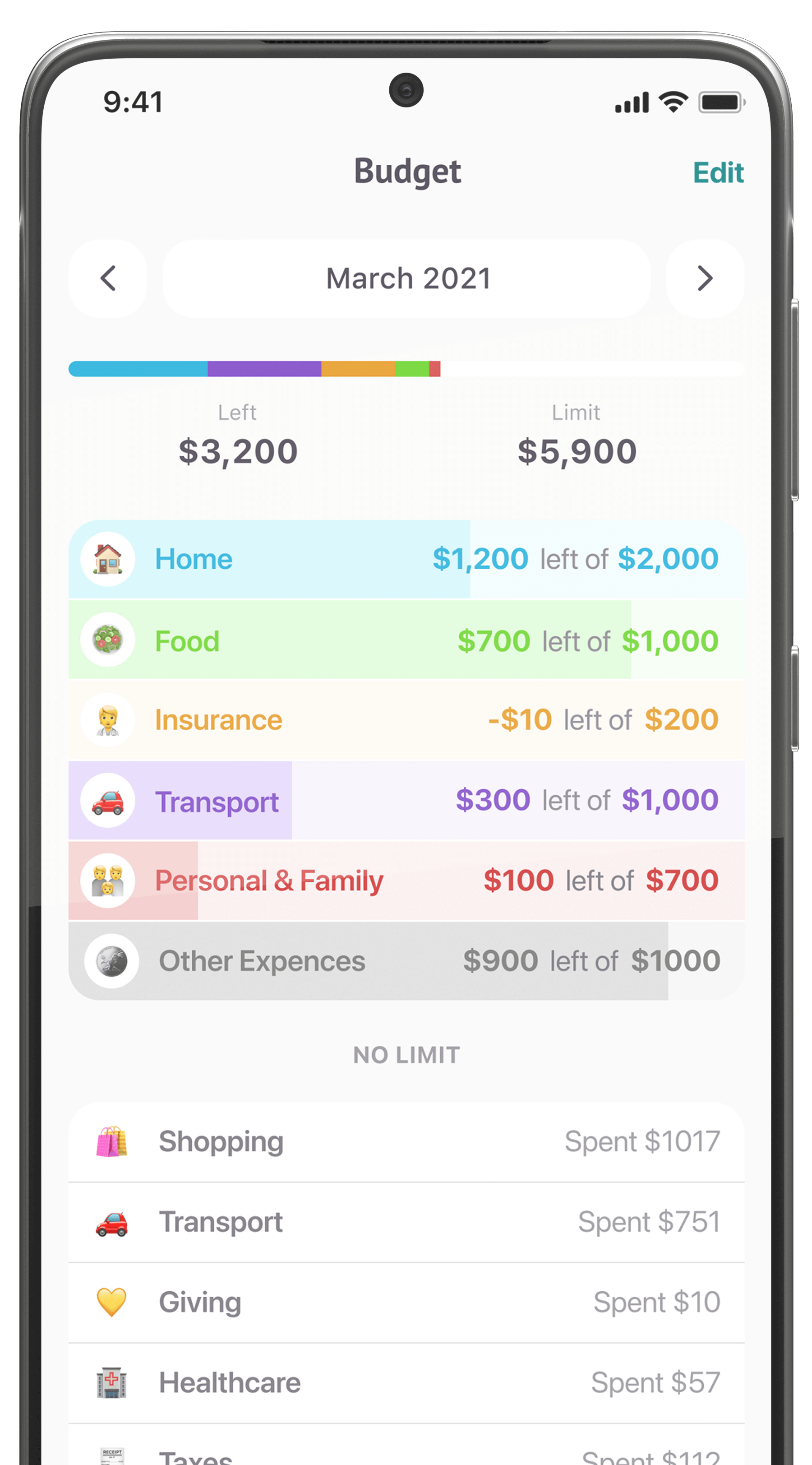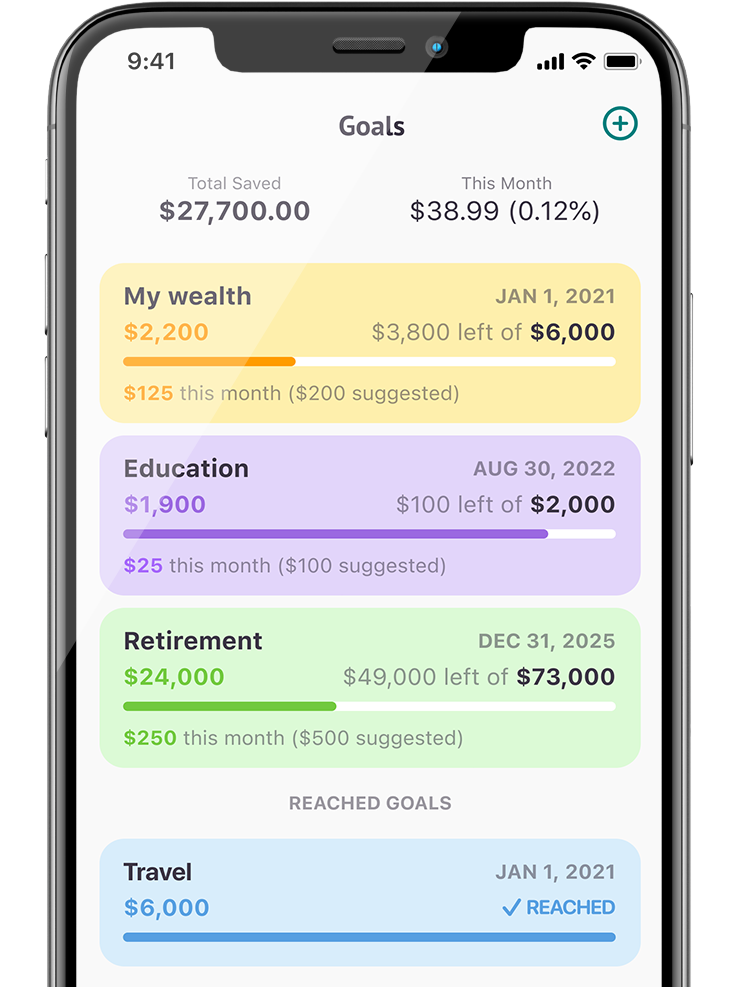Cryptocurrency has made a large impact on the finance and technology sectors. Today it’s a popular target for investment and, as we’ve previously mentioned, one of the main 2021 Fintech trends. Blockchain technology is being researched, developed, and applied by companies of all sizes, and while it’s unlikely that either currency or the internet will become fully decentralized, crypto isn’t going back in the box.
Therefore, we’ve decided to write a series of articles on cryptocurrency to help you better understand how it works and decide whether it’s worth investing in.
What is cryptocurrency?

There are lots of resources explaining the technical details, so this article won’t delve too deeply into things like mining, consensus mechanisms, or smart contracts. Nonetheless, there are a few basic things you should know:
1. Cryptocurrencies are based on blockchain technology. Blockchains are a type of distributed ledger, meaning that records of every transaction made are stored on multiple computers all over the world rather than in one central location.
2. Every time a transaction is made with a cryptocurrency, it is confirmed by multiple computers that hold copies of the ledger, after which every copy of the ledger is updated. Once updated, the record cannot be changed.
3. Cryptocurrencies are digital, but because of how the ledger works, a unit of cryptocurrency cannot be duplicated or double-spent, making it possible to actually own a scarce asset. This is what allows it to hold value as a currency.
To make a general analogy, when you buy cryptocurrency you are essentially adding a row to a shared spreadsheet (like Google Docs). The row contains your account number and the amount of currency held in your account, and the most recent row is what everyone looks at to see how much money you have. When you spend, you add a row showing your new, lower account balance, while someone else adds a row that shows their balance going up. Because there are many copies of this spreadsheet being compared every time a transaction is made, it’s very hard to cheat by just changing your copy.
It’s also vital to distinguish between cryptocurrency and blockchain: blockchain is the technology that cryptocurrency uses (the spreadsheet software), while cryptocurrency is one application of that technology (the data being entered into the spreadsheet).
Why is cryptocurrency useful, and how can you use it?

Most currencies let you do three main things: store value (save money), make exchanges (buy things), and keep track of how many things are worth (a unit of account). In theory, you can do all these things with cryptocurrency, but its volatility has so far prevented it from being a very dependable unit of account or store of value, and its complexity and lack of widespread adoption limit its value as a medium of exchange.
So what makes cryptocurrency attractive and/or useful? Mostly, people like it because it’s decentralized, secure, private, cheap and fast to send.
– It’s decentralized: it generally can’t be controlled by any one person, which can be very beneficial in low-trust or politically unstable situations. It’s also useful for avoiding regulations, which is what many companies are doing with ICOs.
– It’s secure: as long as you follow safety procedures, most cryptocurrencies are very difficult to steal. The networks themselves are very secure; the services surrounding them have varying levels of security.
– It’s private: cryptocurrencies range from very private to very transparent, but most of them are “pseudonymous,” or “somewhat anonymous.” Most currencies allow you to make transactions without anyone else knowing the details if you want to, though.
– Low transaction costs/quick transfer times: cryptocurrencies are typically cheaper and faster to send, especially across international borders than traditional currency.
Since it’s still a very new technology adoption is limited. It’s currently not very useful as a cash instrument, except in situations like international money transfers and hyperinflation events. As an investment instrument, though, it has some potential. ICOs (Initial Coin Offerings) have become a popular alternative to venture capital for startups, allowing companies to sell tokens that represent some aspect of the company’s performance. Smart contracts, or automatically-executing blockchain transactions, also typically use cryptocurrencies as a way to ensure that participants in an agreement receive the agreed-upon amounts upon contract completion.
Overall, in its current form, you’re much more likely to use cryptocurrencies not as digital cash, but as an investment (either by buying cryptocurrency or investing in an ICO) or in a smart contract.
Types of cryptocurrency coins/tokens

Everyone’s heard of Bitcoin, and maybe you’ve even heard of Ethereum, Litecoin, and Bitcoin Cash. There are actually thousands of cryptocurrencies, and most of them aren’t really worth learning about. Everyone interested in the space, though, should be familiar with a few main types: currency, utility tokens, security tokens, and equity tokens.
Coins vs tokens
A useful clarification first: “coins” run on their own separate blockchain, meaning that they are completely separate from any other cryptocurrency. “Tokens,” however, are crypto-assets built on top of another blockchain, using another cryptocurrency’s technology to run. The lines are often unclear between the two but just think of a coin as being its own technology, while a token is built on a platform and intended to be useful within a certain ecosystem (like a physical video game arcade token). They are often used for similar purposes but are technically distinct.
Currency/Digital cash
Similar to: fiat currency
Examples: Bitcoin, Ethereum, Litecoin, Bitcoin Cash, Monero, Zcash, Dash
This is the most famous type of cryptocurrency, probably because it’s the easiest to understand. Cryptocurrencies designed primarily as money are typically used the way you would use fiat currency: buying, selling, and saving. Some, like Monero and Zcash, are “privacy coins,” oriented towards concealing user activity for maximum privacy. Others, like Tether and TrueUSD, are Stablecoins, meant to represent one unit of fiat currency in order to provide a stable place to store crypto-assets. There are many more subcategories here, and more are appearing all the time.
Utility tokens/ blockchains
Similar to: rewards points/casino chips/arcade tokens
Examples: Ethereum, NEO, Filecoin, Civic, Maker, Binance Coin, OmiseGo, Golem, Basic Attention Token
As the name implies, utility tokens and the blockchains that enable them to offer something beyond simply being exchangeable as currency (though many of them are). They are frequently released during ICOs as promises to investors that the tokens will be redeemable for something more valuable at some future time. Many allow users to pay to perform operations within specific blockchains, such as storing files, buying ad space, or using some decentralized app or service, like a prediction market or computing-power market.
Utility tokens are generally issued on top of some other blockchain protocol, making them relatively easy to create and therefore quite common. Since they don’t actually represent any real assets, they are mostly unregulated, but this also makes their actual value very difficult to ascertain. In general, a popular project will have more people demanding their tokens, which will cause the price to go up, regardless of the value they project is actually creating. While they can be good investments, they carry a lot of risks.
Security tokens
Similar to: Mutual funds/ETFs
Examples: Harbor, Polymath, Blockchain Capital, Science Blockchain, Lottery.com, SPiCE VC
Most utility tokens represent a promise to do something, not the thing itself. Security tokens, however, are legally recognized and regulated financial instruments that depend on a company’s performance without actually giving the investor ownership in the company. These are somewhat similar to mutual funds or ETFs, as you get financial rewards for your investments but not direct ownership in the companies, cryptocurrencies, real estate, or other assets that are creating value. They are much more difficult for companies to issue, since they have to jump through lots of regulatory hoops, but they are a much safer investment than most other tokens. Currently, not many exist, but the numbers are growing.
Equity tokens
Similar to: Stocks
Examples: The DAO, Neufund, BFToken
These are still a fairly uncommon type of token, mostly because companies prefer to use security tokens (which don’t give away ownership in the company) or utility tokens (which are unregulated) if they can. Equity tokens are basically just stocks issued on blockchains, meaning they are regulated and require a lot of bureaucracy to issue. A few companies have plans to do it, but the regulatory climate is still very new and uncertain.
Proceed with caution

There are other types of blockchain-based financial instruments and token types, but currency, utility, and security are the most talked-about types at the moment. Buying a coin or token and waiting for it to go up is probably the simplest type of investment you can try, but the long-term data on these markets is too wildly unstable to make any kind of real prediction about the risk you’ll be taking on. Security and equity tokens remain scarce, but as the crypto markets mature, the categories will solidify and become easier to use. For now, crypto-investors should be familiar with the technology and make an effort to learn what they are actually buying, since many cryptocurrency instruments don’t really have a direct analog in the traditional financial world.













